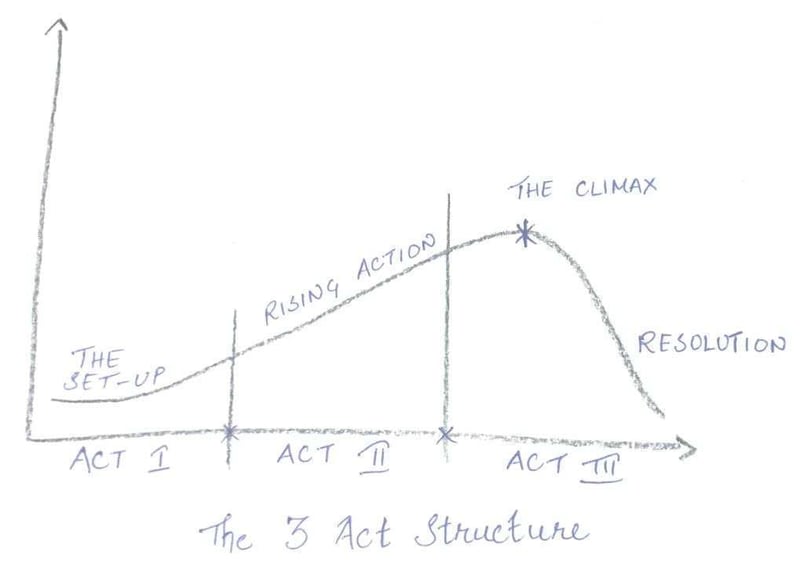A Brand Story is a narrative of your brand that goes beyond mere products, specifications and usage. Your brand story is what you mean to your customers, how you enrich their lives and why you do what you do. A story is a great way to build a relationship with your audience that is more than that of a buyer and seller. Brand stories are what builds an emotional connect, what makes people choose your brand over a million others in the market.
Here are the 4 important elements to get right, when you are attempting to build a brand story:The Protagonist:
You would think that the protagonist in your brand story would be your brand or product.
But a brand story is not the “story of your brand”, so ensure that you do not play the hero.
The protagonist is always the customer and it is their story that needs to be told.
Lifebuoy’s 2015 ad campaign titled “Help a Child Reach 5” is a beautiful case in point. The campaign collates stories of families where children have just turned five years old and why it is a big deal across millions of rural households. You will notice that the story is not about the product, it features merely at the end. What takes centrestage is the family’s triumph over child mortality. It is their story that we celebrate, not Lifebuoy’s; and that is what makes it tug at your heartstrings.
The Supporting Cast:
This is the role that your brand is meant to play. The entire objective of a brand story is to portray how your brand enables your customers to achieve something extraordinary. If the customer is the hero, your brand is the sidekick.
Apple’s “Signature” brand story features its products simply as gadgets, which we sometimes don’t even see on screen. It is the customers who define its uses in their everyday lives. The voice over goes on to say, “Does it make life better? Does it deserve to exist?” It is these two questions that you brand needs to answer in the story. Show them how your product makes them awesome.
The Narrative:
Most stories conventionally use the 3 Act Structure as a narrative style. You set up your characters, build up the story with your hero facing increasingly difficult challenges, reach the climax where the hero triumphs (with the help of your product), and the final resolution.
The Google brand story “Reunion” is a excellent illustration for this point.
The stage is set with an old photograph and nostalgia. The rising action is when the granddaughter in India searches for the long lost friend and the grandson in Pakistan packs his bags. The climax is obviously when the two friends meet. The story carries you along its ups and downs, and seems like a cohesive whole. There is rising expectation and closure, which makes it satisfying for the viewers.
The 3 Act Structure is not set in stone. You can go ahead and play with the elements. But it is a great starting point, if you are thinking about a story for the first time.
Consistency:
A brand story is not just the visual story that you depict on screen. Your brand story is tested every time a customer interacts with you. The values that you claim to uphold in a witty or heart touching video, should be consistently delivered across all customer touch points. One example that comes to mind is the “Aur Dikhao” ad campaign by Amazon. In keeping with the catchphrase, they had changed the “Page 2” and “Page 3” tabs at the bottom of the product pages to “Aur Dikhao”. This might be a small example, but it underlines the point that consistency makes your brand more interesting and engaging.
So these are our top 4 pointers for creating an awesome brand story. But your story isn’t valuable if it doesn’t reach your customers. In an increasingly virtual world, digital marketing is the best way to reach out to them, without being disruptive. Find out how digital marketing acquaints customers with your story, even before you actually talk to them.
Still wondering how digital marketing can define your company’s brand? Skim through the inbound marketing services offered by Niswey.















